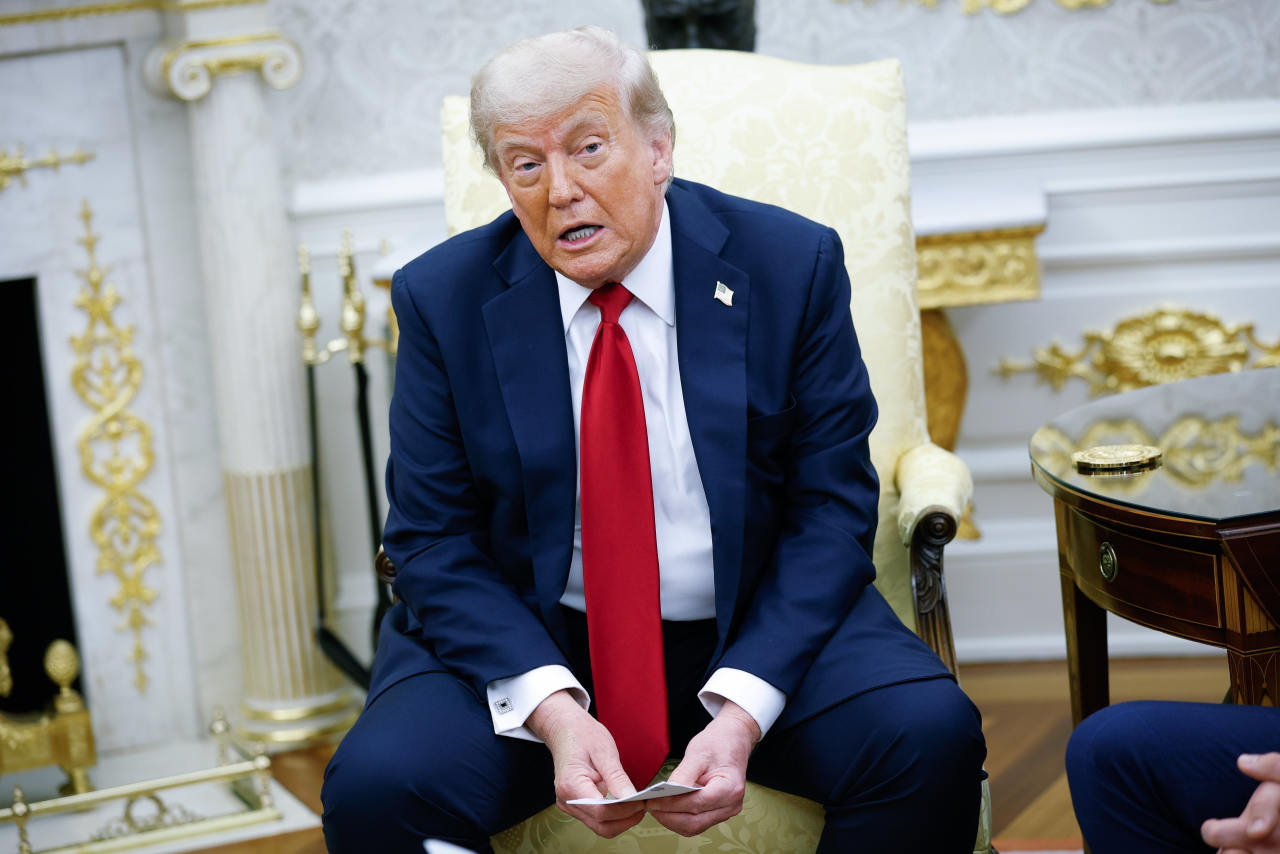Trump's Shifting Tariff Gambit Aims to Reshape Global Trade

The Unpredictable Strategy Behind Trump’s Trade Moves
President Donald Trump's approach to trade has always been marked by a mix of boldness and unpredictability. According to his aides and allies, this strategy is based on the idea that keeping other countries uncertain about his next move allows him to dictate the terms of negotiations more effectively. This tactic, however, comes with significant risks that have become increasingly evident in recent weeks.
One of the main concerns is the potential weakening of Trump’s negotiating position due to his tendency to backtrack on deadlines. Additionally, his use of a new legal theory to justify many of his trade policies has opened the door for potential legal challenges that could disrupt the entire trade agenda.
In the past week, Trump sent letters to over two dozen countries, outlining the tariffs that importers will face after August 1. He emphasized that the deadline would not change and that the so-called reciprocal tariffs would go into effect on that date. However, he also encouraged countries to continue negotiations, creating a complex and sometimes contradictory message.
This approach was further complicated when Trump unexpectedly threatened higher tariffs on the European Union and Mexico, even as Mexico’s economic team was in Washington and an EU delegation had recently visited. These actions have raised questions about the consistency of Trump’s trade policy and the reliability of his commitments.
On Monday, Trump made a surprising statement at a White House meeting, suggesting that he might be fine with not striking any trade deals at all. This contradicted statements from senior aides like Treasury Secretary Scott Bessent, who had long claimed that numerous trade pacts were imminent. Trump’s comments, which seemed to downplay his interest in trade agreements, were seen by some as part of his broader negotiation style.
“Controlling timing is a huge advantage in a negotiation,” said Everett Eissenstat, former deputy director of the National Economic Council during Trump’s first term. “He’s controlling timing—the pace, the tempo, the terms, he’s setting the table and he’s making the final decision.”
The fast-moving and often chaotic nature of Trump’s trade strategy is rooted in lessons learned from his first term. During that time, officials took a more methodical and legalistic approach to tariffs. Trump’s allies argue that they could have done more to reshape U.S. trading relationships and reduce chronic trade deficits.
Despite the challenges, Trump’s allies remain confident in his approach. “Americans have a dealmaker in chief in the White House, and they can rest assured that President Trump is using every lever of executive power to continue delivering more deals, more opportunities, and more victories for the United States,” said White House spokesman Kush Desai.
However, the strategy is not without its drawbacks. Trump has created uncertainty by delaying his reciprocal tariffs multiple times. His use of a novel legal theory to justify these tariffs has also invited legal challenges that could potentially nullify his trade measures. Some members of his own party are concerned that his contradictory statements may undermine U.S. negotiating positions, especially when he frequently disagrees with the economic advisers managing the negotiations.
National Economic Council Director Kevin Hassett recently stated that Trump has been dissatisfied with the trade proposals brought to him, saying that while he has seen “sketches of deals” from his economic team, he believes they “need to be better.” This lack of alignment between the president and his advisors can create an environment where negotiators feel disempowered.
“If they know the decider is not going to agree to what [the] lead negotiators conclude, we’re not going to get their last, best and final offer,” said Susan Schwab, former U.S. trade ambassador under George W. Bush.
Some Trump allies acknowledge that the fast-paced trade approach has led to missteps, such as the unexpected export controls on advanced microchips to China, which caught officials off guard and sent mixed signals to Beijing. The cumulative impact of such uncertainty can be severe and irreversible.
Despite these challenges, Trump’s allies maintain that pushing for final concessions is a necessary part of the process. They argue that the letters from Trump are simply a tactic to increase pressure on trading partners. “A little more time can beget a much, much better deal,” said Sen. Bill Hagerty (R., Tenn.), Trump’s former ambassador to Japan. He noted that the current timeline aligns with events in South Korea and Japan, suggesting that August 1 is a more favorable deadline than an earlier one.
Post a Comment for "Trump's Shifting Tariff Gambit Aims to Reshape Global Trade"
Post a Comment